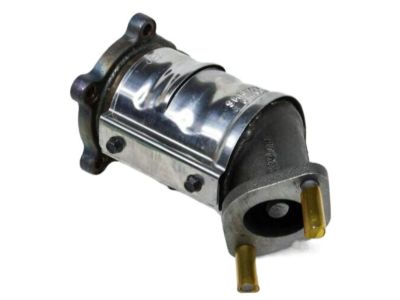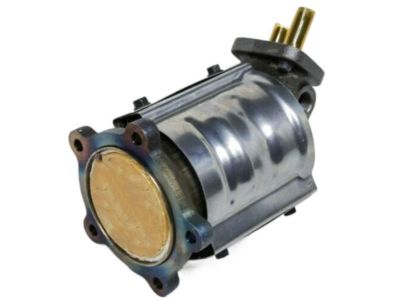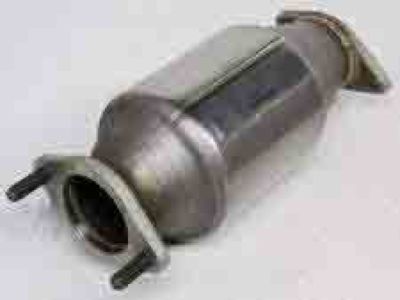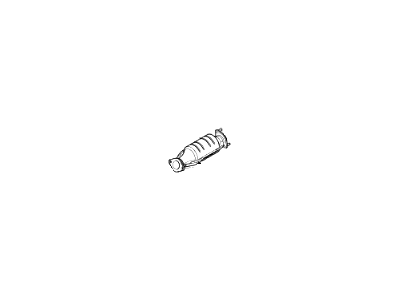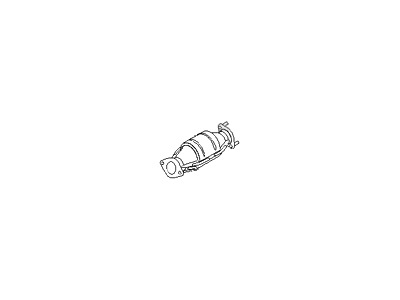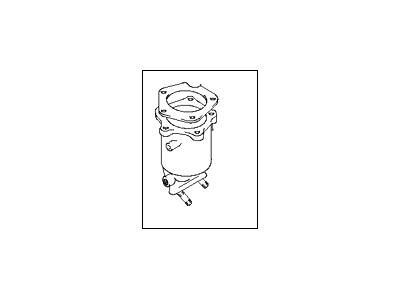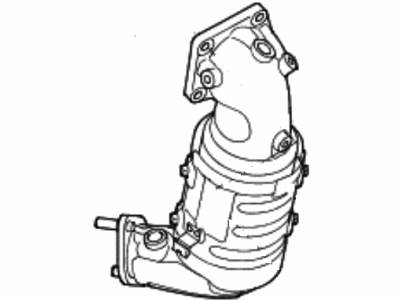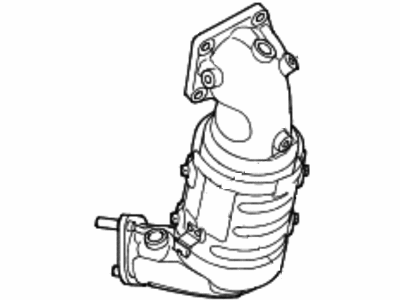×
- Hello
- Login or Register
- Quick Links
- Live Chat
- Track Order
- Parts Availability
- RMA
- Help Center
- Contact Us
- Shop for
- Hyundai Parts
- Hyundai Accessories


My Garage
My Account
Cart
Genuine Hyundai Santa Fe Catalytic Converter
Cat. Converter- Select Vehicle by Model
- Select Vehicle by VIN
Select Vehicle by Model
orMake
Model
Year
Select Vehicle by VIN
For the most accurate results, select vehicle by your VIN (Vehicle Identification Number).
15 Catalytic Converters found

Hyundai Santa Fe Catalyst Case Assembly, Right
Part Number: 28530-39911$1036.20 MSRP: $1481.65You Save: $445.45 (31%)Ships in 1-3 Business Days
Hyundai Santa Fe Catalytic Converter Assembly
Part Number: 28950-3E180$1658.87 MSRP: $2371.98You Save: $713.11 (31%)Ships in 1-3 Business DaysHyundai Santa Fe Catalytic Converter Assembly
Part Number: 28950-3C710$1148.72 MSRP: $1642.53You Save: $493.81 (31%)Ships in 1-3 Business DaysHyundai Santa Fe Catalytic Converter Assembly
Part Number: 28950-2G380$1766.09 MSRP: $2525.29You Save: $759.20 (31%)Ships in 1-3 Business DaysHyundai Santa Fe Manifold Catalyst Case Assembly
Part Number: 28530-38780$1366.68 MSRP: $1954.19You Save: $587.51 (31%)Ships in 1-3 Business DaysHyundai Santa Fe Catalytic Converter Assembly
Part Number: 28950-3C300$1052.19 MSRP: $1504.50You Save: $452.31 (31%)Ships in 1-3 Business DaysHyundai Santa Fe Catalyst Case Assembly, Left
Part Number: 28530-39920$1036.20 MSRP: $1481.65You Save: $445.45 (31%)Ships in 1-3 Business DaysHyundai Santa Fe Catalyst Case Assembly, Right
Part Number: 28530-39930$1036.20 MSRP: $1481.65You Save: $445.45 (31%)Ships in 1-3 Business DaysHyundai Santa Fe Manifold Catalyst Case Assembly
Part Number: 28530-38760$1075.59 MSRP: $1537.97You Save: $462.38 (31%)Ships in 1-3 Business DaysHyundai Santa Fe Catalytic Converter Assembly
Part Number: 28950-3CZK0$1190.82 MSRP: $1702.73You Save: $511.91 (31%)Ships in 1-3 Business DaysHyundai Santa Fe Catalytic Converter Assembly
Part Number: 28950-3C210$1480.64 MSRP: $2117.13You Save: $636.49 (31%)Ships in 1-3 Business DaysHyundai Santa Fe Catalytic Converter Assembly
Part Number: 28530-2GSA5$1028.57 MSRP: $1470.73You Save: $442.16 (31%)Hyundai Santa Fe Catalytic Converter Assembly
Part Number: 28530-2GSB5$1028.57 MSRP: $1470.73You Save: $442.16 (31%)
Hyundai Santa Fe Catalytic Converter
If you are looking for affordable high-quality OEM Hyundai Santa Fe Catalytic Converter, then you have come to the prime place. Our website provides a large amount of genuine Hyundai Santa Fe Catalytic Converter at unbeatable prices. All our parts come backed with the manufacturer's warranty.
Hyundai Santa Fe Catalytic Converter Parts Questions & Experts Answers
- Q: What is the general description and replacement process for catalytic converters on Hyundai Santa Fe?A:Due to a Federally mandated warranty for emissions-related parts like the catalytic converter, the charger ought to consult the dealer's service department before getting the converter replaced on personal expense. The catalytic converter is an emission control device in the exhaust system that reduces pollutants from exhaust gases, with two types: the oxidation catalysts which increases the amount of oxygen for burning of hydrocarbons and carbon monoxide and the reduction catalysts which reduces the amount of oxides of nitrogen by stripping it off oxygen. These catalysts are combine into a system referred to as a three-way catalyst to combat all the three pollutants. The catalyst in question works based on the ingress of oxygen in the amounts necessary to effect a change in toxic pollutants. It works best at the air/fuel mix of 14.7:1 and should not be leaner or richer to avoid scarcity or abundance of oxygen. The powertrain control module gets information of the oxygen content through the upstream and downstream sensors and if the catalyst is not working it will send a Diagnostic Trouble Code and turn on the CHECK ENGINE light. If the car has a possible problem of a malfunctioning converter then it is advisable to consult a professional as diagnosis and repair involves expensive equipments. It is also necessary to check for signs of water leaks, signs of corrosion and signs of damage to the car in general and to the underbody components in particular. Even though catalytic converters are rather rugged, they can get restricted; a vacuum gauge will assist in finding this out by ensuring intake vacuum before and after throttling. For replacement, it is different depending on the engine, for 2.4L and 3.5L V6 the converters are underneath the exhaust manifolds while 2.7L and 3.3L V6 has the converter built-in to the exhaust manifold. The downstream catalytic converter is mounted on the front exhaust pipe just before the muffler, which is replaced at muffler shops with welding facilities, or by changing the entire exhaust pipe with a new one that has the catalytic converter. The other procedures in replacement include lifting the car off the ground, holding the converter in place, unscrewing the bolts around the flanges, separating the flanges, and then lowering the converter off the vehicle.
Related Hyundai Santa Fe Parts
Browse by Year
2020 Catalytic Converter 2019 Catalytic Converter 2012 Catalytic Converter 2011 Catalytic Converter 2010 Catalytic Converter 2009 Catalytic Converter 2008 Catalytic Converter 2007 Catalytic Converter 2006 Catalytic Converter 2005 Catalytic Converter 2004 Catalytic Converter 2003 Catalytic Converter 2002 Catalytic Converter 2001 Catalytic Converter 2000 Catalytic Converter
